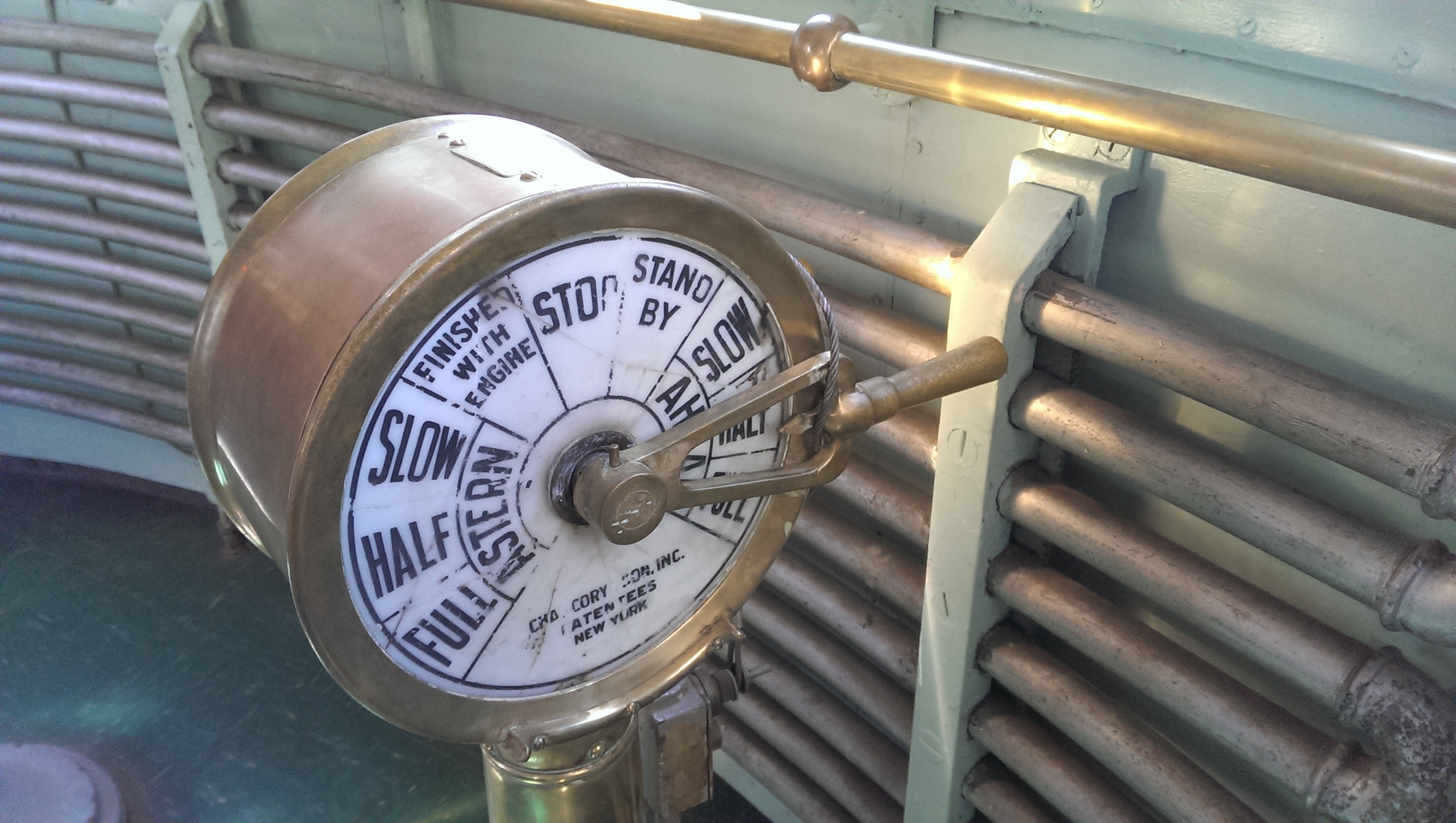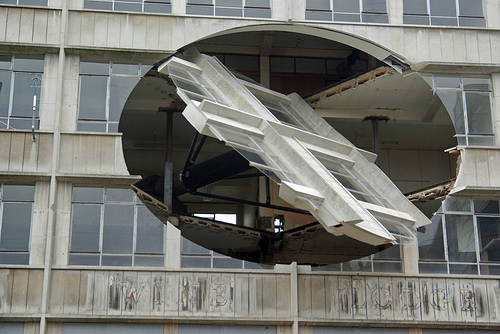|
MV Snowdrop
The MV ''Snowdrop'' is a Mersey Ferry in operation on the River Mersey, England. From launch until a major refit in 2003, she was named MV ''Woodchurch''. MV ''Woodchurch'' The ''Woodchurch'' was the sister ship of the MV ''Mountwood''. Both ferries were built for Birkenhead Corporation and were based loosely on the designs of the Wallasey ferries ''Leasowe'' and ''Egremont''. They were built by the same company, Messrs. Philip & Son Ltd. of Dartmouth and designed by naval architects Graham and Woolnough. There was some local surprise when the contract was awarded to Philip & Son because Cammell Laird Shipbuilders were "next door" to the Birkenhead Ferry Terminal and it was thought that Lairds would automatically build the new ferry boats. However, their price was not considered competitive. Named after an overspill post-war housing development of Birkenhead, the ''Woodchurch'' was the second of the new Birkenhead diesel ferries. Launched by Gwendoline M. McRonald, wife of t ... [...More Info...] [...Related Items...] OR: [Wikipedia] [Google] [Baidu] |
Pier Head
The Pier Head (properly, George's Pier Head) is a riverside location in the city centre of Liverpool, England. It was part of the former Liverpool Maritime Mercantile City UNESCO World Heritage Site, which was inscribed in 2004, but revoked in 2021. As well as a collection of landmark buildings, recreational open space, and a number of memorials, the Pier Head was (and for some traffic still is) the landing site for passenger ships travelling to and from the city. History By the 1890s, the George's Dock, where the Pier Head now is, was essentially redundant. Built in 1771, it was the third dock built in Liverpool, and was too small and too shallow in depth for the commercial ships of the late 19th century. Most of the site was owned by the Mersey Docks and Harbour Board, set up by Parliament in 1857; a small part of the site still was still held by the Corporation of the City of Liverpool.De Figueiredo Peter"Symbols of Empire: The Buildings of the Liverpool Waterfront" ''Archi ... [...More Info...] [...Related Items...] OR: [Wikipedia] [Google] [Baidu] |
Engine Order Telegraph
An engine order telegraph or E.O.T., also referred to as a Chadburn, is a communications device used on a ship (or submarine) for the pilot on the bridge to order engineers in the engine room to power the vessel at a certain desired speed. Construction In early vessels, from the 19th century until about 1950, the device usually consisted of a round dial about in diameter with a knob at the center attached to one or more handles, and an indicator pointer on the face of the dial. There would also be a revolutions per minute indicator, worked by a hand crank. Modern EOTs on vessels which still use them use electronic light and sound signals. Operation Traditional E.O.T.s required a pilot wanting to change speed to "ring" the telegraph on the bridge, moving the handle to a different position on the dial. This would ring a bell in the engine room and move their pointer to the position on the dial selected by the bridge. The engineers hear the bell and move their handle to th ... [...More Info...] [...Related Items...] OR: [Wikipedia] [Google] [Baidu] |
Tate Liverpool
Tate Liverpool is an art gallery and museum in Liverpool, Merseyside, England, and part of Tate, along with Tate St Ives, Cornwall, Tate Britain, London, and Tate Modern, London. The museum was an initiative of the Merseyside Development Corporation. Tate Liverpool was created to display work from the Tate, Tate Collection which comprises the national collection of British art from the year 1500 to the present day, and international modern art. The gallery also has a programme of temporary exhibitions. Until 2003, Tate Liverpool was the largest gallery of modern and contemporary art in the UK outside London. History Housed in a converted warehouse within the Royal Albert Dock, Liverpool, Albert Dock on Liverpool's waterfront, the gallery was opened on 24 May 1988 by Prince Charles, an event covered by BBC Two television. The original conversion was done by James Stirling (architect), James Stirling but the building was given a major refurbishment in 1998 to create additional ... [...More Info...] [...Related Items...] OR: [Wikipedia] [Google] [Baidu] |
14-18 NOW
''14-18'' (also known as ''Over There, 1914-18'') is a 1963 French documentary film about World War I, directed by Jean Aurel. It was nominated for an Academy Award The Academy Awards, better known as the Oscars, are awards for artistic and technical merit for the American and international film industry. The awards are regarded by many as the most prestigious, significant awards in the entertainment ind ... for Best Documentary Feature. References External links * 1963 films 1963 documentary films 1960s French-language films French documentary films French war films Black-and-white documentary films Films directed by Jean Aurel Documentary films about World War I 1960s French films {{WWI-documentary-film-stub ... [...More Info...] [...Related Items...] OR: [Wikipedia] [Google] [Baidu] |
Liverpool Biennial
Liverpool Biennial is the largest international contemporary art festival in the United Kingdom. Every two years, the city of Liverpool hosts an extensive range of artworks, projects, and a programme of events. The biennial commissions leading and emerging artists to make and present permanent and temporary public artworks, as well as long-term community-based projects. These newly commissioned and existing artworks are presented in diverse locations, including unusual public spaces, and unused buildings, as well as the city's galleries, museums, and cultural venues. Cultural organisations in Liverpool provide context for the presentation of contemporary art and culture. Since its launch in 1999, Liverpool Biennial has commissioned over 300 new artworks and presented work by over 444 artists from around the world. During the last 10 years, Liverpool Biennial has had an economic impact of £119.6 million. Liverpool Biennial 2014 attracted nearly 877,000 visits. History Liverpoo ... [...More Info...] [...Related Items...] OR: [Wikipedia] [Google] [Baidu] |
Peter Blake (artist)
Sir Peter Thomas Blake (born 25 June 1932) is an English pop artist. He co-created the sleeve design for the Beatles' album ''Sgt. Pepper's Lonely Hearts Club Band''. His other works include the covers for two of The Who's albums, the cover of the Band Aid (band), Band Aid single "Do They Know It's Christmas?", and the Live Aid concert poster. Blake also designed the 2012 Brit Award statuette. Blake is a prominent figure in the pop art movement. Central to his paintings are his interest in images from popular culture which have infused his collages. In 2002 he was Orders, decorations, and medals of the United Kingdom, knighted at Buckingham Palace for his services to art. Early life Peter Blake was born in Dartford, Kent, on 25 June 1932. He was educated at the Gravesend Technical College school of art, and the Royal College of Art. Career From the late 1950s, Blake's paintings included imagery from advertisements, music hall entertainment, and wrestling, wrestlers, oft ... [...More Info...] [...Related Items...] OR: [Wikipedia] [Google] [Baidu] |
Dazzle Camouflage
Dazzle camouflage, also known as razzle dazzle (in the U.S.) or dazzle painting, is a family of ship camouflage that was used extensively in World War I, and to a lesser extent in World War II and afterwards. Credited to the British marine artist Norman Wilkinson, though with a rejected prior claim by the zoologist John Graham Kerr, it consisted of complex patterns of geometric shapes in contrasting colours interrupting and intersecting each other. Unlike other forms of camouflage, the intention of dazzle is not to conceal but to make it difficult to estimate a target's range, speed, and heading. Norman Wilkinson explained in 1919 that he had intended dazzle primarily to mislead the enemy about a ship's course and so cause them to take up a poor firing position. Dazzle was adopted by the Admiralty in the UK, and then by the United States Navy. Each ship's dazzle pattern was unique to avoid making classes of ships instantly recognisable to the enemy. The result was that a pr ... [...More Info...] [...Related Items...] OR: [Wikipedia] [Google] [Baidu] |
First World War
World War I (28 July 1914 11 November 1918), often abbreviated as WWI, was one of the deadliest global conflicts in history. Belligerents included much of Europe, the Russian Empire, the United States, and the Ottoman Empire, with fighting occurring throughout Europe, the Middle East, Africa, the Pacific, and parts of Asia. An estimated 9 million soldiers were killed in combat, plus another 23 million wounded, while 5 million civilians died as a result of military action, hunger, and disease. Millions more died in genocides within the Ottoman Empire and in the 1918 influenza pandemic, which was exacerbated by the movement of combatants during the war. Prior to 1914, the European great powers were divided between the Triple Entente (comprising France, Russia, and Britain) and the Triple Alliance (containing Germany, Austria-Hungary, and Italy). Tensions in the Balkans came to a head on 28 June 1914, following the assassination of Archduke Franz Ferdina ... [...More Info...] [...Related Items...] OR: [Wikipedia] [Google] [Baidu] |
Dazzle Ship (14-18 NOW)
Dazzle camouflage, also known as razzle dazzle (in the U.S.) or dazzle painting, is a family of ship camouflage that was used extensively in World War I, and to a lesser extent in World War II and afterwards. Credited to the British marine artist Norman Wilkinson (artist), Norman Wilkinson, though with a rejected prior claim by the zoology, zoologist John Graham Kerr, it consisted of complex patterns of geometric shapes in contrasting colours interrupting and intersecting each other. Unlike other forms of camouflage, the intention of dazzle is not to crypsis, conceal but to make it difficult to estimate a target's range, speed, and heading. Norman Wilkinson explained in 1919 that he had intended dazzle primarily to mislead the enemy about a ship's course and so cause them to take up a poor firing position. Dazzle was adopted by the British Admiralty, Admiralty in the UK, and then by the United States Navy. Each ship's dazzle pattern was unique to avoid making classes of ships ... [...More Info...] [...Related Items...] OR: [Wikipedia] [Google] [Baidu] |
.jpg)



_cropped.jpg)